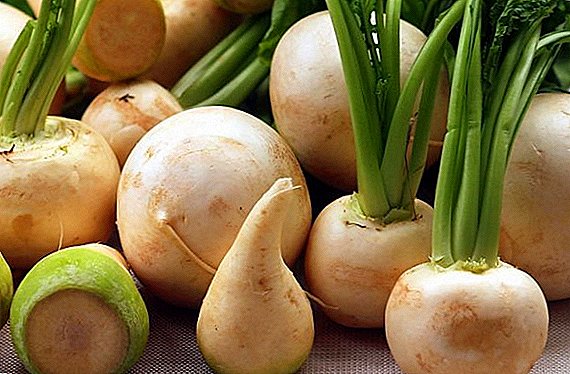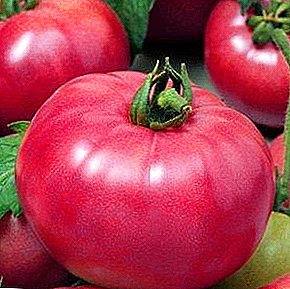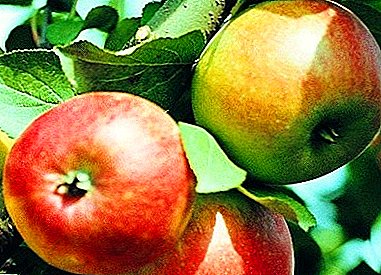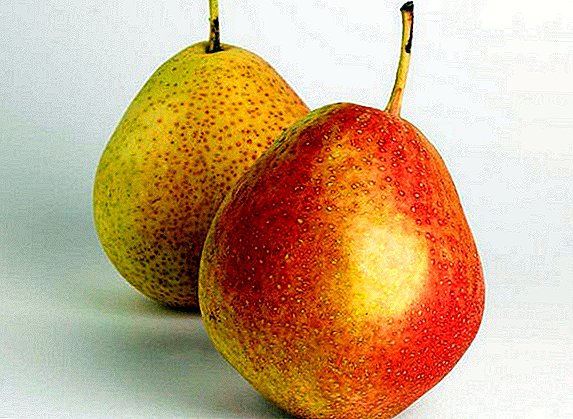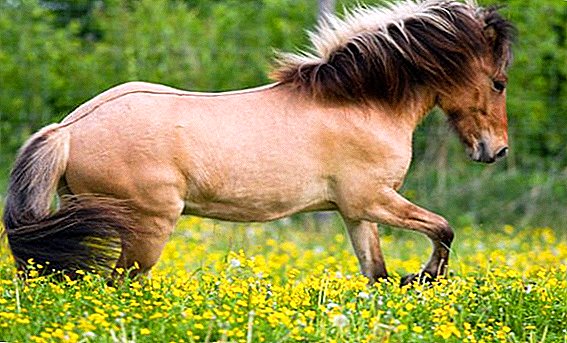 A horse is an amazing animal that fascinates with its grace, aristocracy and majesty. In the modern world, horse horses are in great shortage. This suit comes from the bay suit, but has a brighter color.
A horse is an amazing animal that fascinates with its grace, aristocracy and majesty. In the modern world, horse horses are in great shortage. This suit comes from the bay suit, but has a brighter color.
A bit of history
Horses light gray color - aristocratic animals. It was always believed that the stallion, which has an iridescent delicate ash color, is "noble". From English, the term "lamb" is translated as "skin of a deer", from Tatar - "elk". In the languages of Turkic origin, “Bulany” - “Darkening”, as a result of which it is applied to dark bulan stallions. They have a light yellow background of the mane, withers and heads, which resembles loose coal dust. Horses of this suit look catchy, in particular, when outlined with "apples" - in circles around the perimeter of the body.  The origin of the bay horses to this day remains a mystery, since there is no data directly about the time and place of the origin of this species. Nevertheless, in some ancient documents it is noted that in Parthia the horses were exclusively yellow.
The origin of the bay horses to this day remains a mystery, since there is no data directly about the time and place of the origin of this species. Nevertheless, in some ancient documents it is noted that in Parthia the horses were exclusively yellow.
Did you know? Horses are able to recognize themselves in the photo or pictures. If the horse sees his brother in the photo, she can greet him by sniffing or quietly neighing.
The first facts about the appearance of such horses relate to XVI centurywhen in Europe new species of exotic species appeared: dolphins and solids. It was during this period that the "aristocracy" of these animals was formed, since they were available only to noble people. Only with time, closer to the era of Romanticism, began to use horses of dark colors, as the latter were considered more resilient and strong.  Back in the nineteenth century. believed that to determine the temperament and ability of a horse can be only by looking at his suit. At that time, it was claimed that black horses are vicious and wild, and light gray suits are submissive and peaceful, red ones are “explosive” and nervous. Of course, these characteristics were far from always suitable for a particular horse and eventually turned into stereotypes.
Back in the nineteenth century. believed that to determine the temperament and ability of a horse can be only by looking at his suit. At that time, it was claimed that black horses are vicious and wild, and light gray suits are submissive and peaceful, red ones are “explosive” and nervous. Of course, these characteristics were far from always suitable for a particular horse and eventually turned into stereotypes.
The Eastern peoples had a very strong faith in omens, as a result of which they always associated the horse’s temper with the fate of their masters. The Indians argued that the "bulany" was absolutely any horse, and the approximate pagans of such animals dedicated to different gods, since the belief in the totem was dominant.
Read also about the muscled suit of horses.
Color horse horse
The color of the horse is extraordinarily beautiful. According to the body, his hair has sand shade of yellow, although in some cases there are instances with a small amount of dark hair, darkening the overall background. The tail and mane of such horses are always dark, as are the limbs from the bottom to the carpal joints and hoofs.  Sometimes there are buck horses, black hair which is very high on the body, because of what they are called aboriginal horses. There is a belt on the back, dark stockings overlap the shoulders, and the forelimbs are wrapped in a zebra color, indicating a “wild” dominant gene. Quite often, such a species is called a savage stallion.
Sometimes there are buck horses, black hair which is very high on the body, because of what they are called aboriginal horses. There is a belt on the back, dark stockings overlap the shoulders, and the forelimbs are wrapped in a zebra color, indicating a “wild” dominant gene. Quite often, such a species is called a savage stallion.
Did you know? If you offer the horse two buckets, where in the first one there will be coffee, and in the second - cocoa, in four out of five cases the animal will prefer coffee.
Our ancestors also noted the wildness of the buckthorn horses, which always sought freedom. It is noted that the first wild stallions, most likely, had such a suit.
The shade of the main suit can vary from cream to cognac color. In most cases, the horse's skin is pigmented, and the eyes have a pronounced amber color. White spots are rarely found, but not on the body, but only on the extremities. The "apple" nature of a bay suit transforms the color of a horse into the color of a leopard, which looks very harmonious on such an aristocratic animal.
Color, markings, liners
One of the most important distinguishing features of any horse is color and breed. Whatever the breed of horse, the first impression we get about it is from appearance. Damned appearance has several basic shades, it is both silver-light and golden-dark, but first things first.
Little horses have long won the love of both children and adults around the world. Ponies are bred for fun, and mini horses often live in the house as a pet.
Suit
Suit - the personal distinctive color of each horse. This element is hereditary. The basic expression of the color is found in horse hair color all over the body, a combination of eye color and skin color. Today, we have already learned how to completely distinguish horses solely by color.  There are also "appliques" - different branches of suits. It should be noted that the acquisition of a certain suit occurs along with the growth of the foal and varies in proportion to its maturation. Initially, at birth, the foal has absolutely no pronounced color gamut, which often changes its color with time.
There are also "appliques" - different branches of suits. It should be noted that the acquisition of a certain suit occurs along with the growth of the foal and varies in proportion to its maturation. Initially, at birth, the foal has absolutely no pronounced color gamut, which often changes its color with time.
Important! Already in the half-year period, the acquisition of permanent hairs, which form a specific color, occurs.
There are several theories of horse color:
- for masking;
- for a threatening view;
- to attract attention.
Initially it was assumed that the color depends directly on the geographical and climatic conditions of the animal habitat. So, horses that live in the desert have a light yellow color; living in the northern mountain regions are gray; Ponies from the British Isles, which are completely covered with stony soil, have a dark brown color.  Through the interbreeding of different types and breeds of horses, people achieved significant success: not only new suits, but also a huge number of shades of a particular color appeared. It is the presence of a variety of horse color that makes this animal one of the most popular and beautiful in the modern world.
Through the interbreeding of different types and breeds of horses, people achieved significant success: not only new suits, but also a huge number of shades of a particular color appeared. It is the presence of a variety of horse color that makes this animal one of the most popular and beautiful in the modern world.
Important! Horses of the same breed can be completely different colors, therefore, the color does not always depend on the breed of the animal.
Markings
"Markings" - white spots decorating different parts of the stallions body. Having the most diverse shape and size, these elements of color are considered one of the main aesthetic aspects of the color scheme of the horse.  The horse's head may be covered with a "star": a leaf, a tree of white. Also, this spot is also a “flow-through”, when it has a narrow line, reaching the horse’s lips or jaw with a shift to one side. The "Lantern" is a view of the vast flowing mark that captures the eyes.
The horse's head may be covered with a "star": a leaf, a tree of white. Also, this spot is also a “flow-through”, when it has a narrow line, reaching the horse’s lips or jaw with a shift to one side. The "Lantern" is a view of the vast flowing mark that captures the eyes.
We advise you to read about the horse breeds: heavy (Vladimir heavy, Frieze, Tinker, Shire) and riding (Arab, Akhal-Teke, Appaloosa, Orlov trotter).
Jackets
Along with the suit, there are attachments - these are some specific varieties of horse color.
- Silvery loin. Quite often, small stallions of the bay suit are like a different one, since in childhood they do not have a silver overflow.
- Golden-Bulan. Along the entire ridge of this liner lies a dark stripe, and on the legs you can see a zebra color. The body color has a bright yellow color, which is golden. This species was very much appreciated by the Arabs, and therefore was very expensive.
- Dark buckthorn. This stallion has a dark sand color, and on the withers is a dark mantle.
- Light buckthorn. Horse body has light tones: cream and sand. Often the head is combined with legs, mane and tail, which are rather dull, although they have sections of blond hair.
- Damned "apple" covered with black spots that form bright patterns on the body. The body is dominated by dark colors that are covered with black spots.
 Thus, the variety in shades of a bouillon look, its aristocratic and majestic look make an excellent example of aesthetic pleasure from an animal.
Thus, the variety in shades of a bouillon look, its aristocratic and majestic look make an excellent example of aesthetic pleasure from an animal.

